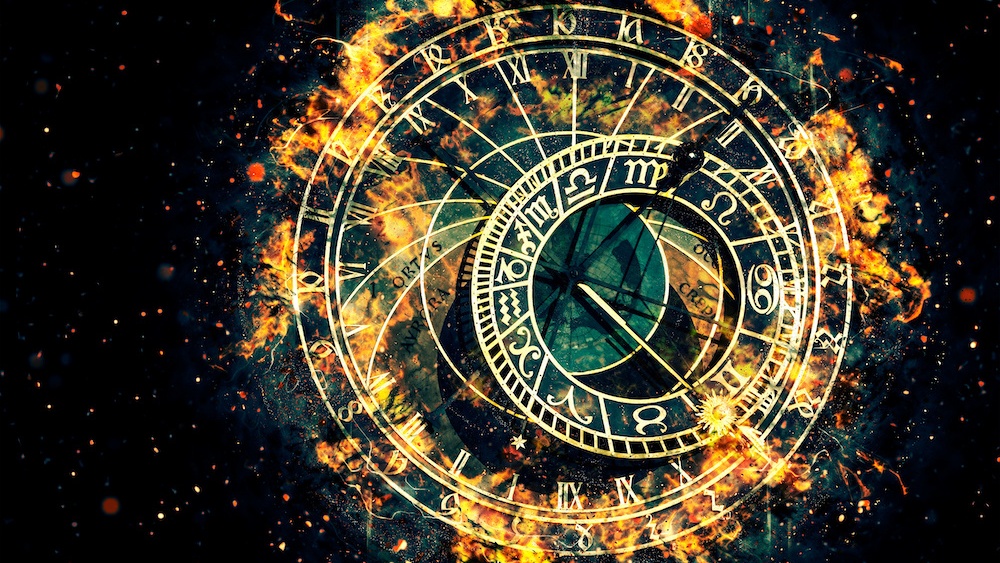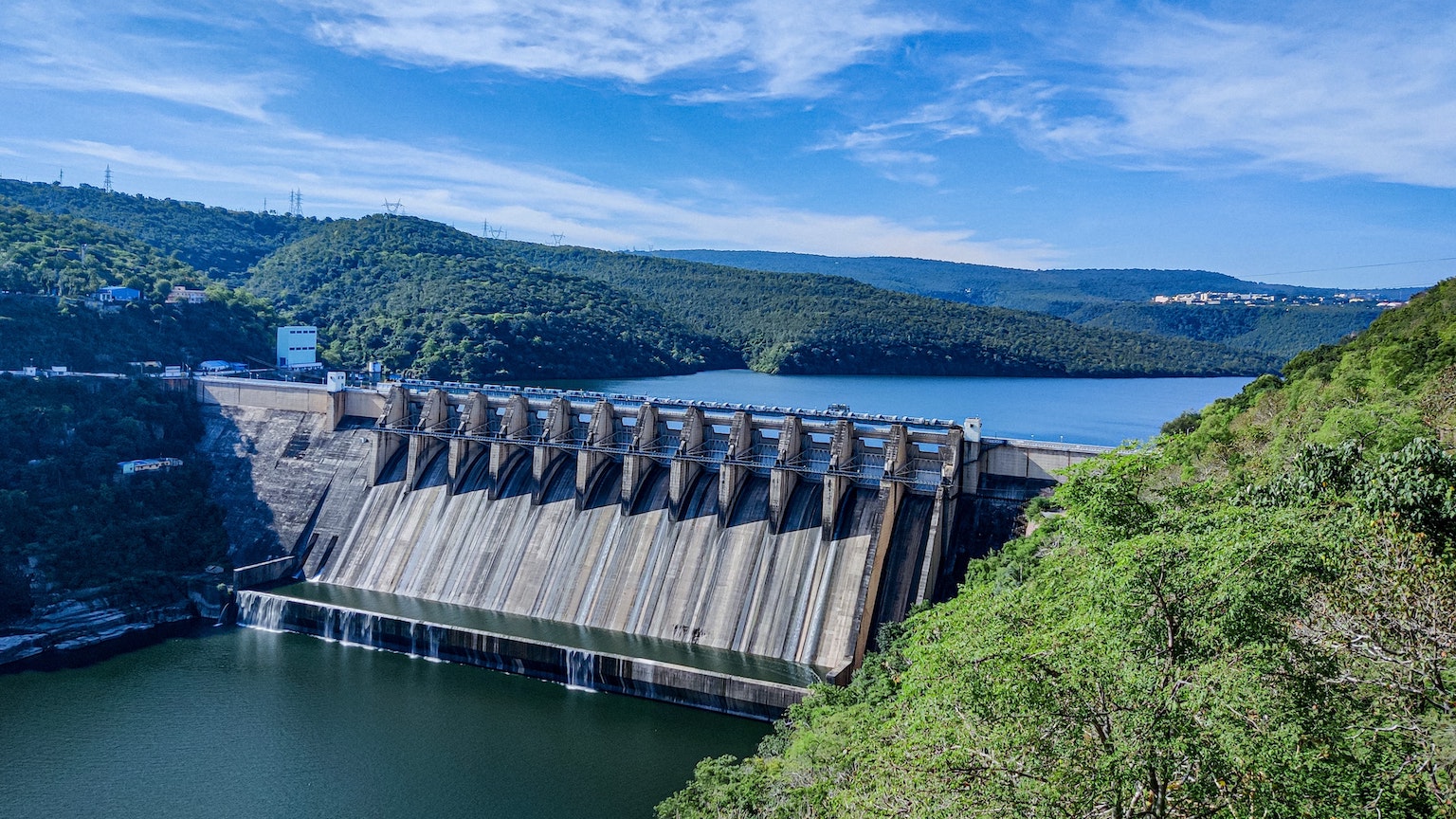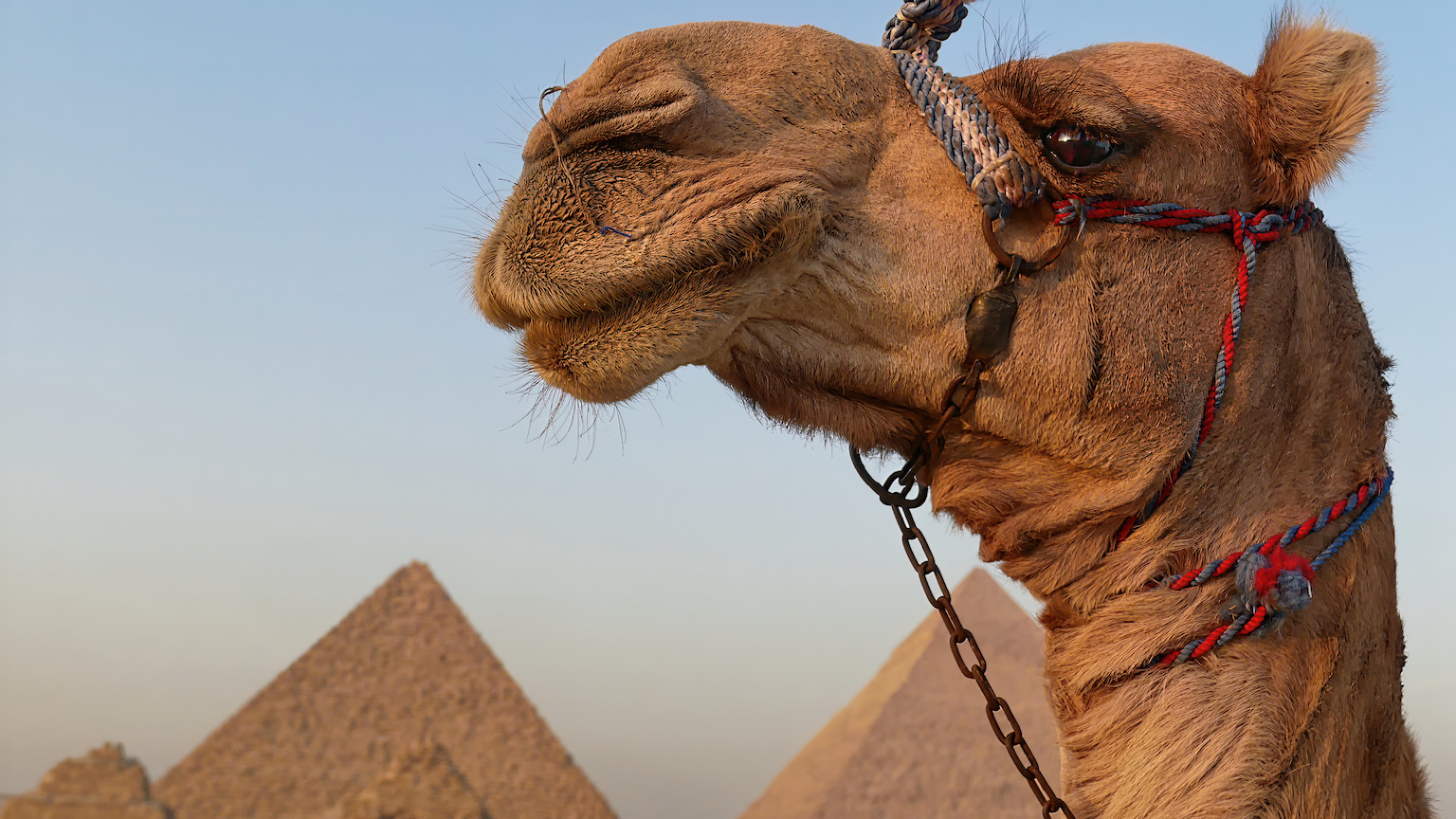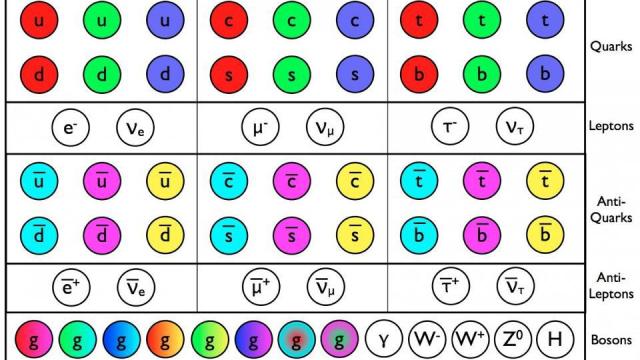How “big history” can help historians imagine the future

- The future is a mystery. An endless, impatient crowd of possible futures awaits, and we never know which one we will meet.
- Our only clues about the future lie in the past. Historians, who spend their time studying the past, should spend more time thinking about the future.
- A big-history perspective is needed to weave together threads from many domains of knowledge, creating new insights and ways of thinking about the future.
The following is an excerpt from Future Stories: What’s Next? written by David Christian and published by Little, Brown and Company.
We face the strange existential mystery of the future in every moment of our lives. There seem to be many possible futures. Then, in a flash, all but one disappear, and we are left with a single present. We must deal with the present quickly because soon it will be flash frozen into memory and history, where it will change only as much as a fossilized mammoth can twist and pivot inside an ice-age glacier. On the other side of every creaky door we know there is an endless, impatient crowd of other possible futures lined up and waiting, some banal, some trivial, some mysterious, and some transformative. And we don’t know which we will meet.
The mysteries that surround the future are enchanting as well as terrifying; they give life much of its richness, beauty, exhilaration, and meaning — its zing! Do we really want to know what lies behind every door? Two thousand years ago, Cicero asked, “Had [Julius Caesar] foreseen that in the Senate, chosen in most part by himself . . . he would be put to death by most noble citizens, some of whom owed all that they had to him, and that he would fall to so low an estate that no friend — no, not even a slave — would approach his dead body, in what agony of soul would he have spent his life!” Cicero knew Caesar and may have seen him knifed in the Senate on the ides (the fifteenth) of March 44 bce. When Caesar died, Cicero was writing his great work on divination. So the example was vivid and strongly felt. Our ignorance of the future gives life much of its drama and excitement. And it gives us the freedom to choose — and the moral duty to choose thoughtfully.
A lot of the time, though, we really do want to glimpse what lies ahead. What clues do we have? When we journey to another country, we can talk to people who have been there, or we can travel with Lonely Planet guidebooks, as nineteenth-century Europeans traveled with their Baedekers. As a professional historian, I have traveled to the past in my imagination, using Baedekers built from the records and memoirs of those who lived in the past. I was not traveling blind. When we enter the future, though, we have no guides because no one has been there. Not a soul. As the philosopher of history R. G. Collingwood reminded us, the future leaves no documents.
Not knowing is scary because the future really, really matters. After all, as the futurist Nicholas Rescher puts it, “that is where we are all going to spend the rest of our lives.” So we all look for guidance. Our minds are constantly scanning the world, looking for patterns and trends and signs and imagining possible futures, good and bad; we try to interpret messages in dreams, or in the stars, or in the warnings or promises of soothsayers or financial advisers. We ask parents or doctors or teachers. Modern governments ask economists and statisticians and scientists (and sometimes pay them a lot of money). And we engage in all this activity because, though the future leaves no documents, we do have some clues about what may be coming. And sometimes we can make forecasts with what Leibniz called “moral [i.e., near] certainty.” The sun will rise tomorrow; I will die someday; the government will insist I pay taxes. I cannot say these things with “absolute certainty.” But I can get close enough. What I cannot do is predict the future in detail, except in rare cases, such as solar eclipses. Unlike the past, which sparkles with details, the future is a foggy world of vague shapes moving in the gloaming.
The strangest thing is that our only clues about the future lie in the past. That’s why living can feel like driving a race car while staring into the rearview mirror. No wonder we sometimes crash. Like the soothsayers in Dante’s Inferno, who were punished by having their heads twisted backward, we enter the future looking back to the past. So it is ironic that historians, who spend their time studying the past, spend so little time thinking about the future. One aim of this book is to make the case for linking past thinking (aka “history”) and future thinking, so that we can use the past more skillfully to illuminate possible futures.
Today, thoughtful future thinking is particularly important because we live at a turning point in our planet’s history. In the past century, we humans have suddenly become so powerful that we hold the future of Earth and its frail cargo in our unsteady hands. What we do in the next fifty years will shape the future of the biosphere for thousands, perhaps millions, of years. And what we do will be informed both by how we think about likely futures and by the futures we try to build. A deeper understanding of what the future is, how we can prepare for it, and which futures are most likely — these are increasingly important forms of knowledge not just for experts but for every thinking citizen in today’s world.
And yet, despite the strangeness of the future, the amount of thought we invest in possible futures, and the fundamental importance of careful future thinking, we rarely teach the general skills of future thinking in our schools and universities. We teach particular future-thinking skills such as computer modeling to specialists, but most of us have to wing it. We rely on our instincts and intuitions to cope with the mysterious world that lies just ahead of us and haunts so much of our thinking and so many of our actions. I have written this book partly because I realized how little I knew about what we mean by “the future” or about the subtle skills required to think carefully about likely futures. And yet I could not find any accessible general introductions to the future and future thinking. I suspect I am not alone in wanting to know more about the strange world beyond the creaky door. So I have tried to write the book I was looking for. I think of it as a sort of User’s Guide to the Future. Though not a specialist in future thinking, I have tried to make sense of what we mean by “the future,” to understand better how to think about likely futures, and to use that understanding to imagine futures for ourselves, our planet, and the universe as a whole.
A Big-History Perspective
This book explores our thinking about possible futures through the multiple lenses of “big history,” an emerging transdisciplinary field that has dominated my teaching and writing for three decades. Big history views the past at all possible scales and from many different scholarly perspectives, with the belief that a sort of triangulation will yield a richer and deeper understanding of history. David Hume said that he found pleasure in taking a problem “pretty deep.” That, I hope, is what a big-history perspective can do for our understanding of the future. Imagine picking up a crystal that represents the future. In the chapters that follow, we will turn the crystal many times, looking at the future through different facets, in different lights, and through the eyes of experts of many different kinds. Each time we turn the crystal, its shape, color, and meaning will shift slightly, and we can learn something new.
Looking at a problem from multiple perspectives can be powerful. A fascinating theorem in network theory, known as the small-world theorem, suggests why. It shows that, in a network in which most points are neighbors, just one or two long-distance links can transform the entire network by accelerating the speed with which ideas and information and goods are exchanged. Most of human history has been shaped by village-size networks made up of neighbors with similar perspectives. But if just one villager travels regularly to the nearest town, they can revolutionize local networks by linking them to larger flows of information and very different perspectives. That is why small numbers of linkers — tramps, merchant caravans, peddlers, itinerant prophets, and soldiers — have played such a revolutionary role in human history. The ancient Silk Roads transformed Eurasian history by spinning webs of exchange — not just for goods, but for information and culture as well — from Korea to the Mediterranean.
Moving between scholarly disciplines can be as powerful. Discipline crossers created the basic paradigms of modern science, such as big bang cosmology, which linked the physics of the very large and the very small, or modern genetics, which links chemistry, biology, and physics. Like the Silk Roads, a big-history perspective can weave together threads from many domains of knowledge, creating new insights and ways of thinking. Forging new links can be particularly important in a field as difficult and fragmented as future thinking. As Wendell Bell, one of the pioneers of modern “futures studies,” writes, “In a world of specialists and specialized knowledges, there is an important — and at present neglected — role to be played by the person who sees the big picture, who sees how different things interrelate, and who sees the whole and not only some of the parts.”
Of course, crossing disciplines is risky, like traveling the Silk Roads. There is a trade-off between local knowledge and the big picture. My hope is that insights from multiple perspectives will balance the occasional loss of graininess or nuance or precision. The quantum physicist Erwin Schrödinger articulates this dilemma well in the preface to What Is Life?, an interdisciplinary book that inspired Francis Crick and James Watson’s breakthrough ideas on DNA. Aware that he was not a biologist, but convinced that physics had much to offer biology, Schrödinger wrote:
“I can see no other escape from this dilemma [the difficulty of linking insights from multiple disciplines]…than that some of us should venture to embark on a synthesis of facts and theories, albeit with second-hand and incomplete knowledge of some of them — and at the risk of making fools of ourselves.”
This book explores the future in a similar spirit. It aims to take our understanding of the future “pretty deep,” but it does so, paradoxically, by going pretty wide, by approaching the future from many different directions. It will explore how we try to understand the future, how we and other organisms try to manage different futures, how we humans try to prepare for the most likely futures, and finally, how we humans imagine the futures of our own species, our planet, and even our universe.





